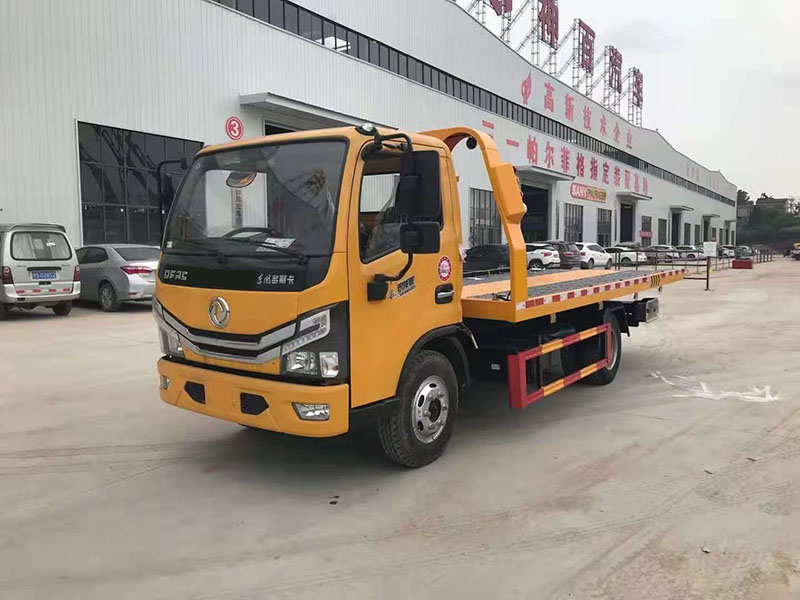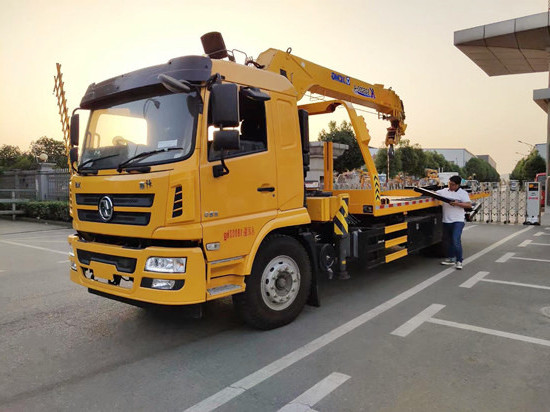
Refrigeration car refrigeration medium and low temperature pipelines and equipment, its insulation is more important than the heat insulation of other high temperature equipment and pipelines such as air conditioning systems. Insulation of cooling equipment and piping reduces energy loss and harmful overheating and improves cooling efficiency. After insulation, it prevents condensate, frost and ice on the surface of equipment and piping. The low temperature equipment and the pipeline insulation layer should also be protected from moisture to prevent the water vapor in the air from condensing or even freezing in the insulation layer, reducing the heat insulation performance and damaging the heat insulation structure.
15672999699
新聞內容
Insulation of the national six refrigerated truck
發(fā)布時(shí)間:2019-09-09 瀏覽次數:17 返回列表
The choice of thickness of refrigeration equipment and pipeline insulation for refrigerated trucks has a major impact on the economics of the machine. If the insulation layer is too thick under certain conditions, although the energy loss is reduced, the amount of insulation material is increased; conversely, if the insulation material layer is too thin, the insulation effect is not ideal, although economical, it may be outside the insulation layer. Condensation, frosting or icing on the surface. Therefore, the thickness of the insulation layer should be reasonably calculated and selected. For the refrigeration pipeline, the thickness of the general insulation layer is between 40 and 100 mm depending on the temperature and the diameter of the pipeline. Designed to take 40mm.
Refrigerator refrigeration equipment and pipeline insulation are insulation on the outer packaging of equipment and pipelines. Thus, the entire single wall becomes a double or multiple wall. The thermal resistance of such a double wall is much greater than the thermal resistance of a single wall.
When the actual pipeline is insulated, a rustproof layer and a moisture-proof layer and a protective layer of the heat insulating material are often provided inside and outside the heat insulating layer. In addition, in order to prevent condensation on the outer surface of the insulation layer, the thickness of the outer surface of the insulation layer should be considered to be slightly higher than the dew point temperature of the surrounding air in the calculation of the thickness of the insulation layer.
At present, the commonly used related insulation materials are heat-insulating flat plates or split-shaped tubular shells formed by foam. They should be laid in layers and glued with hot asphalt or epoxy at the joints. For the plates, they should be first immersed in hot asphalt, staggered, and laid neatly, densely packed, tightly wrapped, and tightly covered.
產(chǎn)品信息
 微名片
微名片 手機版
手機版 中文站
中文站
